A spiked interest in industrial properties throughout Northwest Indiana is causing developers and area experts to wonder whether there’s enough supply of these properties to meet demand.
For years, Northwest Indiana has been a long-standing haven for businesses looking to break through the Chicago market without the costs of doing business in the Second City.
But with the growing demand, many fear the five-county region’s supply is being depleted faster than new properties are rising from the ground.
“Throughout all of 2016, we had a pretty high level of activity for interest in Northwest Indiana,” said Joe Rurode, economic development director for the Northwest Indiana Forum. “Activity was very high throughout December, which I think is a positive factor for interest in this area.”
Industrial properties like warehouses and distribution centers have grown in demand as e-commerce evolves into consumer’s preferred shopping system. Businesses, Internet giants and others are calling for more space to store the influx of goods in need of interim housing. But with the high costs in Chicago and Illinois, businesses are looking to Lake Michigan’s southeast side: Northwest Indiana.
As Indianapolis continues to see an historic boom in industrial and manufacturing property growth, Northwest Indiana – the state’s second-largest economy — has quietly developed as one of the most stable markets for industrial properties in the Midwest.
Northwest Indiana was one of 2016’s fastest growing markets for industrial properties in the Chicagoland area, according to research compiled from JLL.
The area ranked at No. 8 in total net absorption of industrial space in the fourth quarter of 2016 with 264,638 square feet, only following traditional juggernauts like the I-80 corridor, I-88 corridor, Lake County, O’Hare, North Kane County and the I-57 corridor.
The region falls in the middle of the 20 regions when it comes to available properties, with 8.81 percent listed as available. JLL reported that the vacancy rate fell to 7.96 percent in the same fourth quarter of last year. Both available property rates and vacancy rates in Northwest Indiana have been falling in recent quarters – down from 9.2 percent and 8.6 percent, respectively, in the prior quarter.
But as Northwest Indiana continues to see increased interest, many developers and companies are forced to retrofit other facilities to house their operations.
“We’re seeing a lot of repurposed, aged industrial facilities for new leaner, cleaner manufacturing operations,” said Karen Lauerman, chief executive officer of the Lake County Indiana Economic Alliance. Lauerman said she’s seen a spike in vacant buildings being repurposed for distribution facilities.
For some Chicago businesses, a significant percentage of their workforces may already be living in Northwest Indiana, with as much as 40 percent for one company that recently made the move to the area, Lauerman said. With about 60 projects in the pipeline in Lake County, Lauerman said she expects to see at least 1,500 new jobs enter the market during the next few years.
Northwestern Indiana communities are rebranding themselves as areas where the growing workforces can move to and find affordable housing and living opportunities.
Beach-like communities, like Michigan City, are transforming their downtowns and major commercial areas to repurpose for year-round residents, according to Diane Thalmann, manager of economic development at NIPSCO, a natural gas and electric provider based in Merrillville, Indiana.
The industrial warehouse interest isn’t exclusive to the Chicagoland area. Markets across the country can expect to see a continued increase in industrial interests, JLL reports, saying that another 194 million square feet of industrial property are still in development across the United States.
But companies might be seeking out Indiana simply because of the amenities there, like lower living costs, resulting in labor-saving costs, Rurode said. State and local governments in Indiana have maintained a business-centric climate, allowing for companies to find refuge and benefit from a better tax structure, a stronger infrastructure and a top bond rating of AAA, compared to Illinois.
Groups like the Center for Workforce Innovation are working to improve and strengthen the state’s workforce, as teaching new skills to workers is more necessary than ever with the slowdown in production at steel mills and other similar operations.
There have already been indicators of increased interests in Northwest Indiana early in 2017, Thalmann said. But to ensure Northwest Indiana remains an industrial powerhouse for Chicagoland companies, she said it takes a collaborative effort.
“We like to think of ourselves as the eastern suburb of Chicagoland,” Lauerman said. “We know we can’t win them all, but we’re doing our best to make our case as the ideal place to do business.”
